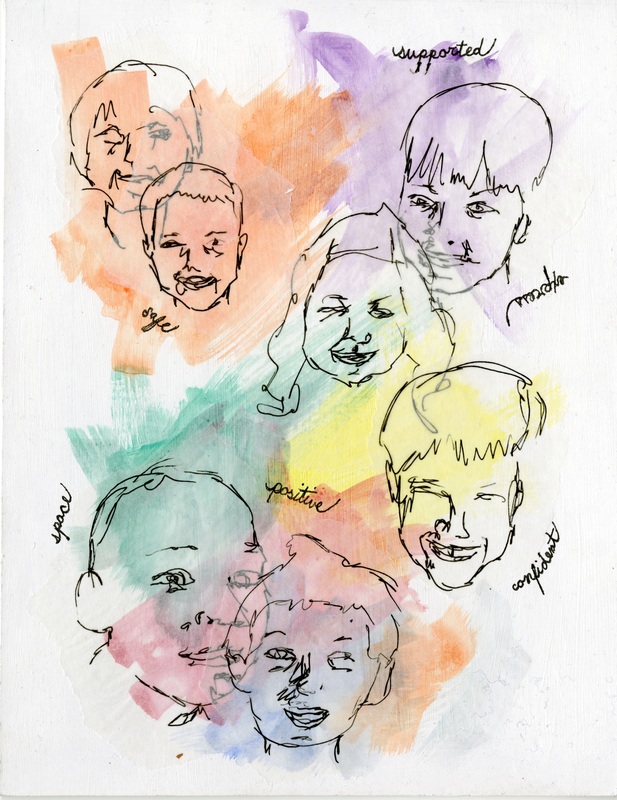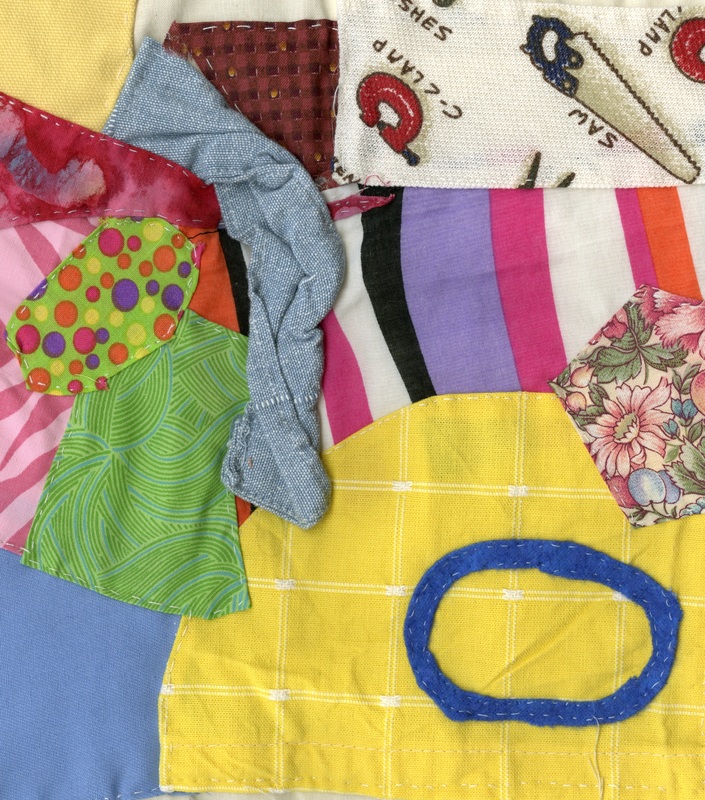|
"I can't believe how much I've learned from her [the Cooperating Teacher]. The classroom feels like a studio…everyone is always working and pushing [themselves]. And Ms. X loves her students but doesn't take anything from them. They know she cares because she expects their best. And she really wants them to become artists. Being here in this experience has been completely different from the elementary site. My excitement and desire to teach is returning!" (PA, oral conversation with methods professor, 3/2014)
|
"I am feeling overwhelmed. There is so much that we need to address in order for them to be prepared to teach. I sent an email thanking them for their time and am trying to be positive but a part of me feels a bit hopeless. How can I ensure that we address all that they've missed? How do I do so without making them feel inadequate? I am angry and frustrated. It is unacceptable for them to be entering their last year of school and not have been better equipped. Can I really rectify this?" (PI personal journal, 9/2013).
|
"Curriculum, along with the teacher and student) is simultaneously and continually becoming even as it is unbecoming.
This model underscores curriculum as an interplay between teacher and student-centered approaches, taking into account teacher preferences and expertise as well as students interests and needs. It is relational practice." (Powell & Lajevic, 2011, p. 38).
Powell, K. & Lajevic, L. (2011). Emergent places in preservice art teaching: Lived curriculum, relationally, and embodied knowledge. Art Education, 53(1), pp. 35-52.
This model underscores curriculum as an interplay between teacher and student-centered approaches, taking into account teacher preferences and expertise as well as students interests and needs. It is relational practice." (Powell & Lajevic, 2011, p. 38).
Powell, K. & Lajevic, L. (2011). Emergent places in preservice art teaching: Lived curriculum, relationally, and embodied knowledge. Art Education, 53(1), pp. 35-52.

